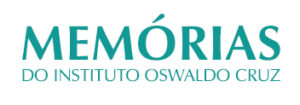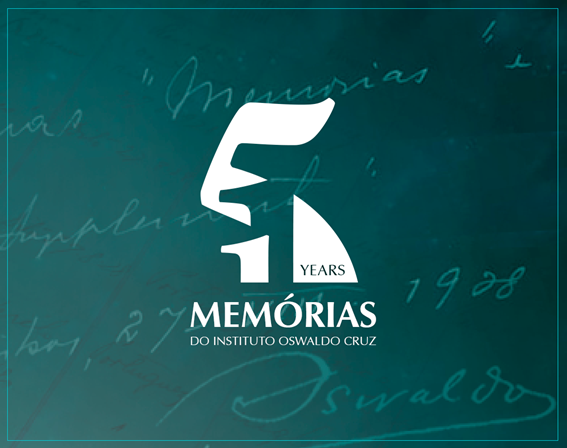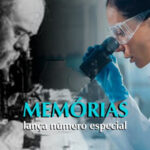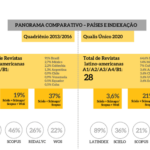Claudia Jurberg, Journalist and Social Media Editor of Memórias do Instituto Oswaldo Cruz, Oswaldo Cruz Institute/Oswaldo Cruz Foundation, Rio de Janeiro, Brazil.
The journal Memórias do Instituto Oswaldo Cruz is celebrating 115 years of scientific publishing and its editors are reflecting, on the one hand, on their pride in belonging to a small and “highly selective” group of international scientific journals that is celebrating more than a century of editorial activity; and on the other, on how to survive in the face of a scenario of large publishing houses, the emergence of “money-hungry” publishers, and the practice of destroying the credibility of science.
In the editorial Memórias do Instituto Oswaldo Cruz celebrates 115 years of scientific publishing: what it needs to keep moving on… Adeilton Brandão and Ana Carolina Vicente point out that, in this new world, the scientific article is no longer a standardized type of letter, transmitting research results, but a “product” that must be accounted for and measured as goals to be met in order for a researcher to be funded and promoted. There is still the transmission of research results in a standard format, but the content of the article is not the essence that should be appreciated by readers. On the contrary, the journal in which it is published is the most important part of the equation. As a product that indicates performance, quantity matters first, followed by the quality and the journal impact.
Scientometrics has matured, and for journals like Memórias do IOC, which are still seen as “institutional”, those that publish local, regional research results from peripheral scientific countries were kind of a nightmare.
The “best” papers are not sent to these journals as a first option, creating a “vicious” publishing cycle: neither relevant research reports nor articles that are key to science are published by these journals and, consequently, they will not collect citations – another important metric of 20th century science.
In this way, its “prestige” is reduced with each evaluation cycle. In other words, if a journal only publishes research papers that are not relevant, it will be an irrelevant journal. How can this barrier to self-reproduction be overcome if researchers are reluctant to send their “best” articles to a “non-prestigious” journal?
The answer to this question is open, solutions have been proposed, but none of them tell how to get rid of the powerful incentives that force (or encourage) researchers towards the “prestigious” journal.
To rephrase the question: how do you become a “prestigious” journal? Or, more fundamentally, what is “prestige” for science?
References
BEALL, J. Predatory publishers are corrupting open access. Nature [online]. 2012, vol. 489, no. 7415, pp. 179 [viewed 24 July 2024]. https://doi.org/10.1038/489179a. Available from: https://www.nature.com/articles/489179a
BRADSHAW, C.J. and BROOK, B.W. How to rank journals. PLoS One [online]. 2016, vol. 11, no. 3, e0149852 [viewed 24 July 2024]. https://doi.org/10.1371/journal.pone.0149852. Available from: https://journals.plos.org/plosone/article?id=10.1371/journal.pone.0149852
LEMOS, A.A.B. Análise crítica de uma revista institucional: as Memórias do Instituto Oswaldo Cruz. Cad. Saúde Pública [viewed 24 July 2024]. 1993, vol. 9, no. 2, pp. 161-9 [viewed 24 July 2024]. https://doi.org/10.1590/S0102-311X1993000200007. Available from: https://www.scielo.br/j/csp/a/JX8xT3gVqQDPRf4jsHMwnVk/
To read the article, access
BRANDÃO, A.A. and VICENTE, A.C.P. Memórias do Instituto Oswaldo Cruz celebrates 115 years of scientific publishing: what it needs to keep moving on…. Mem. Inst. Oswaldo Cruz [online]. 2024, vol. 119, e240003 [viewed 24 July 2024]. https://doi.org/10.1590/0074-02760240003. Available from: https://www.scielo.br/j/mioc/a/tHvtBmDzFY5R3MqrYBMZQYC/
External links
Memórias do Instituto Oswaldo Cruz – SciELO: https://www.scielo.br/mioc/
Memórias do Instituto Oswaldo Cruz – MIOC: https://memorias.ioc.fiocruz.br
Memórias do Instituto Oswaldo Cruz – Social Media: Facebook | Twitter
Como citar este post [ISO 690/2010]:




















Recent Comments